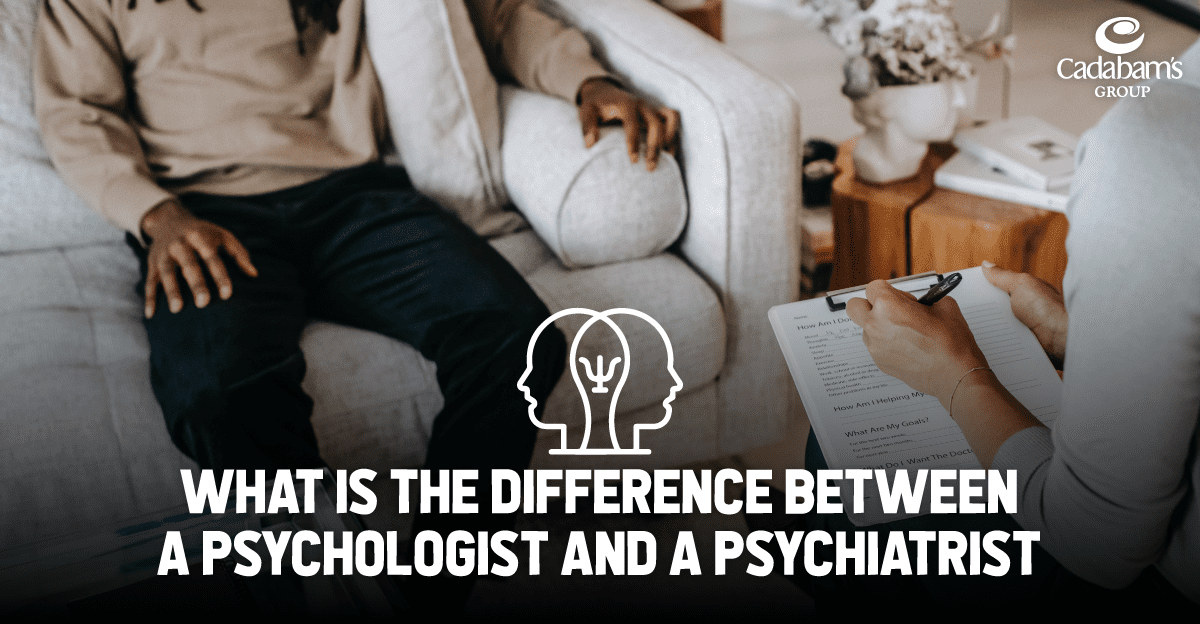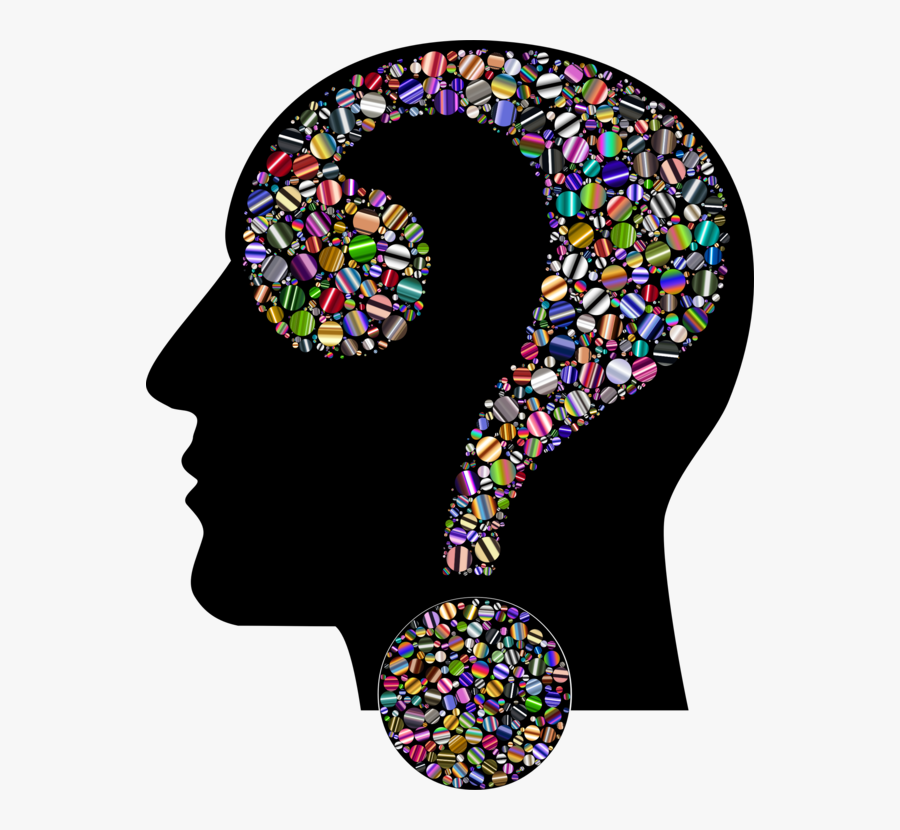How to Select the Best Psychologist in Delhi for Personalized Therapy
How to Select the Best Psychologist in Delhi for Personalized Therapy
Blog Article
Psych Therapy: A Comprehensive Overview to End Results and techniques

Cognitive-Behavioral Therapy
Cognitive-Behavioral Therapy (CBT) is an extensively utilized psychotherapeutic method that concentrates on determining and changing useless thinking and actions patterns. Established in the 1960s by Aaron T. Beck, CBT integrates behavior and cognitive concepts to address different psychological health issues, consisting of anxiety, anxiousness, and stress-related conditions. The property of CBT is that maladaptive thoughts add to emotional distress and maladaptive actions. By reorganizing these ideas, people can achieve significant enhancements in their psychological health and daily performance.
Techniques such as cognitive restructuring, direct exposure therapy, and skill-building workouts are generally utilized. Cognitive restructuring includes challenging and altering negative thought patterns, while direct exposure treatment aims to minimize worry and anxiousness through progressive direct exposure to been afraid things or circumstances.
Evidence-based research study supports the efficacy of CBT for a wide variety of mental disorders - Best Psychologist in Delhi. Its focus on skill acquisition and self-help strategies encourages clients to proceed progress separately after therapy ends. The adaptability and performance of CBT have actually made it a cornerstone in modern psychotherapeutic practice
Psychodynamic Approaches
Rooted in the early theories of Sigmund Freud, psychodynamic techniques focus on discovering the subconscious mind and its influence on behavior and feelings. These techniques intend to uncover concealed thoughts and feelings that may be driving maladaptive habits and mental distress. Central to this approach is the principle of inner dispute, typically stemming from unsettled previous experiences, specifically those from youth.
Therapists utilizing psychodynamic techniques employ a number of essential approaches, including free organization, where patients are encouraged to talk freely to reveal unconscious product, and dream evaluation, which analyzes the latent material of desires. Additionally, the expedition of transference and countertransference dynamics within the restorative relationship is vital. These interactions can supply insights right into the patient's inner world and relational patterns.
Psychodynamic therapy is commonly longer-term compared to various other modalities, offering a deep and extensive understanding of the individual's subconscious. Study indicates that it can be especially effective for complicated mental health concerns, such as character problems and persistent depression. By promoting self-awareness and emotional insight, psychodynamic therapy seeks to bring subconscious product to awareness, making it possible for people to accomplish meaningful and lasting modification in their lives.
Humanistic Techniques
Building on the structures laid by psychodynamic techniques, humanistic methods provide a distinct perspective concentrated on specific prospective and self-actualization. Coming from the mid-20th century, these techniques prioritize the fundamental goodness and development possibility of individuals, highlighting an all natural sight of human experience. Key numbers such as Carl Rogers and Abraham Maslow have considerably affected this therapeutic strategy, which incorporates methods like client-centered treatment and Gestalt treatment.
Client-centered treatment, developed by Rogers, plays a crucial duty in humanistic methods. The specialist's function is even more of a facilitator than an authority, urging clients to harness their inner resources for healing.
Gestalt therapy, an additional essential humanistic technique, emphasizes present minute awareness and the integration of mind and body. By concentrating on the "here and now," customers get higher understanding right into their current feelings and behaviors. Strategies such as role-playing and led visualization are commonly used to help clients get a deeper understanding of themselves, eventually leading to enhanced self-awareness and gratification.
Integrative Therapies
Integrative therapies represent a synthesis of various restorative strategies tailored to satisfy the distinct demands of each customer. This approach recognizes the intricacy of human psychology and the multifaceted nature of mental wellness problems. By integrating aspects from different colleges of psychotherapy-- such as cognitive-behavioral therapy (CBT), psychodynamic treatment, and humanistic methods-- integrative therapies supply an even more flexible and all natural therapy standard.
Professionals of integrative treatment analyze each customer's details demands, signs, and personal history to design a customized treatment strategy. This personalized technique enhances the possibility for healing success by attending to the origin creates of emotional distress and promoting overall wellness. Strategies could consist of mindfulness exercises, cognitive restructuring, and psychological handling, each selected to target various elements of the client's concerns.
Moreover, integrative therapies emphasize the healing connection, checking out the client-therapist bond as an important part of reliable treatment. This relationship cultivates a supportive setting where customers really feel safe to discover and resolve their concerns. The flexibility of my blog integrative treatments makes them appropriate for a wide variety of problems, including anxiousness, anxiety, injury, and interpersonal problems, thereby boosting their applicability and performance in varied medical setups.

Measuring Treatment Outcomes
Evaluating the effectiveness of psychiatric therapy is crucial for both medical professionals and customers to make sure that the therapy is producing the desired results. To attain this, different approaches and devices are used to measure therapy outcomes methodically. Standardized evaluation tools, such as the Beck Depression Inventory (BDI) and the Generalized Stress And Anxiety Disorder 7 (GAD-7), supply quantitative data on signs and symptom severity and adjustments with time.
Along with standard tools, qualitative approaches like client self-reports and scientific meetings provide beneficial understandings into the personal experiences and perceived progress of customers. Regularly arranged analyses, typically at the beginning, axis, and end of treatment, aid in tracking the trajectory of enhancement or determining areas requiring change.
Result dimension is not limited to sign decrease; it likewise encompasses practical enhancements in day-to-day live, such as better social relationships, raised work you could check here efficiency, and improved general health. Modern improvements in digital health have presented mobile applications and online systems that promote real-time surveillance and feedback, even more fine-tuning the analysis process.
Ultimately, a comprehensive strategy to determining treatment end results ensures that this hyperlink restorative treatments are reliable, effective, and customized to satisfy the individual needs of clients, consequently optimizing the overall restorative experience.
Verdict
Humanistic methods concentrate on personal growth and self-actualization, while integrative therapies incorporate several methods for tailored treatment strategies. Reviewing treatment end results via qualitative techniques and standardized evaluations makes sure a detailed understanding of efficiency, inevitably leading clients towards enduring psychological health and wellness renovations.
From the organized approach of Cognitive-Behavioral Therapy (CBT) to the deep exploration of the subconscious in psychodynamic therapy, each approach brings distinct benefits. Its focus on ability purchase and self-help techniques encourages clients to proceed progress individually after therapy ends (Best Psychologist in Delhi). Key figures such as Carl Rogers and Abraham Maslow have significantly influenced this therapeutic approach, which includes approaches like client-centered therapy and Gestalt therapy

Report this page